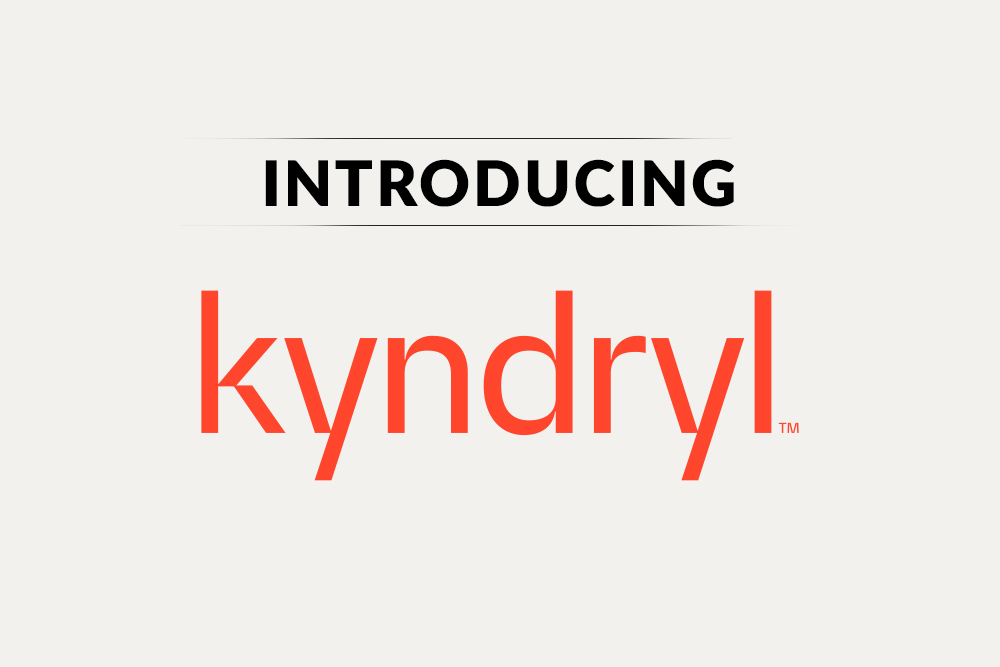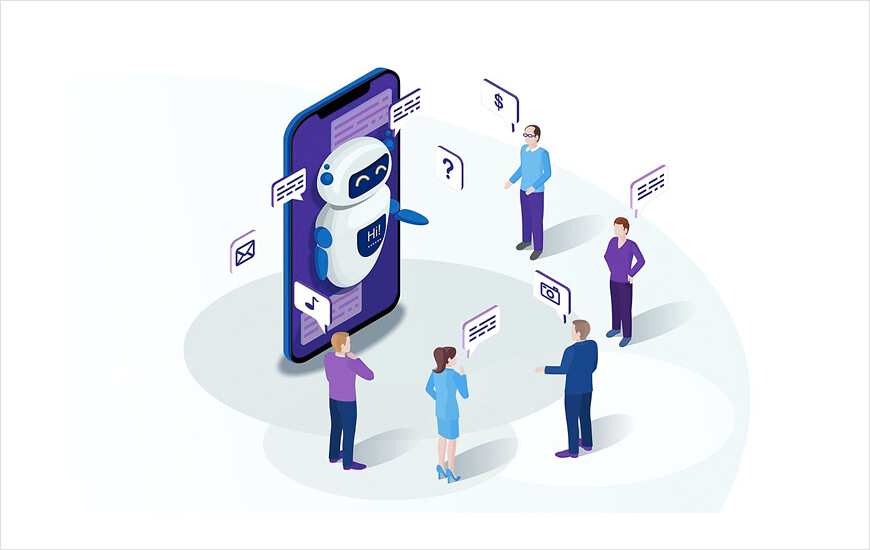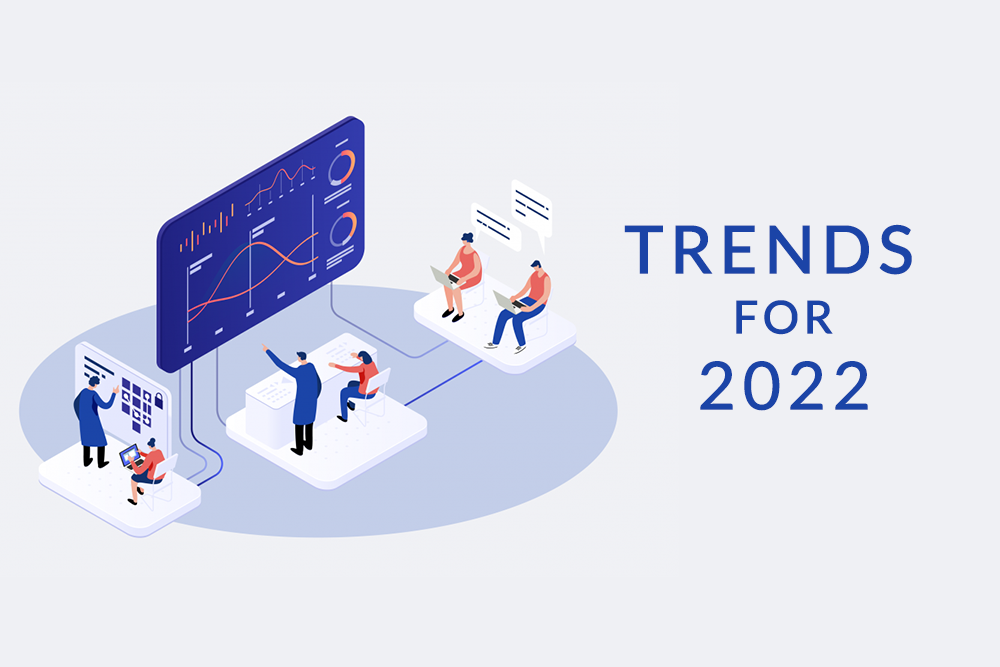Kris Lovejoy
The COVID-19 pandemic and the shift to working from home sparked a new rash of headlines about the rising threat of cyberattacks, as new technologies were put in place to support our new operating reality. For every headline-grabbing security breach, thousands of unreported attacks take place each day. Most of these attacks target the most vulnerable businesses – and their supply chains – through which bad actors seek to gain access to data from interconnected systems.
My 25 years of experience in cyber resiliency has taught me that we must treat living with cyber threats as one does living with viruses. They are unavoidable. The question is – how do you best protect yourself against it and assure a quick recovery in case you “catch the bug”? That’s why cyber resiliency services are an essential component of modernizing and managing any IT infrastructure, and why strategies and budgets must be aligned to address our “new normal.” Companies must make it a priority tofast-track modernization programs – to infrastructure like hybrid cloud – so they can achieve a resilience business transformation.
Unfortunately, skills are a challenge for companies as they try to engage in best practice. 52% of companies report a security skills gap in their organization, according to an IDC study. That’s why at Kyndryl, we are focused on building the right skills and capabilities for the world our customers are living in. In fact, it is one of the drivers behind the expansion of our newly announced partnership with VMware, which allows us to combine Kyndryl’s enterprise-grade cyber resiliency expertise with VMware’s application security expertise and apply them in ways that better protect customers’ data as they modernize their IT to transform their businesses.
The joint Innovation Lab that is part of the agreement is designed to co-develop creative solutions for app modernization, containers, observability, and security.
Kyndryl and VMware have worked together for many years helping customers reduce risks and costs with new and managed solutions across the VMware software-defined Stack for Cyber Resiliency: all backed by Kyndryl’s managed cyber resiliency services. Partnerships like this are an excellent way to stay ahead of the skills needed to continue to combat cyberattacks. Using new and managed solutions across the VMware software-defined Stack for Cyber Resiliency, our team has helped reduce risks and costs for our customers.
Kyndryl’s global expertise and partnership with VMware will help customers accelerate their application modernization initiatives without disrupting day-to-day operations – secure in the knowledge that their mission-critical systems are protected.
Kris Lovejoy is Kyndryl’s Global Practice Leader for Cyber Resiliency. She was named one of the “Top 50 Cybersecurity Leaders of 2021” by The Consulting Report, and Consulting Magazine’s “Top Woman Technology Leader” in 2020. Kris also has served as a member of the World Economic Forum’s cybersecurity committee.







